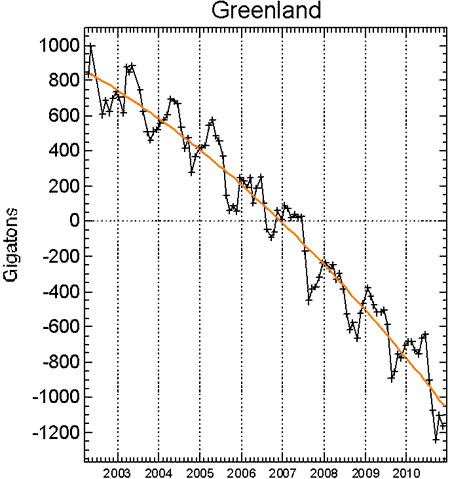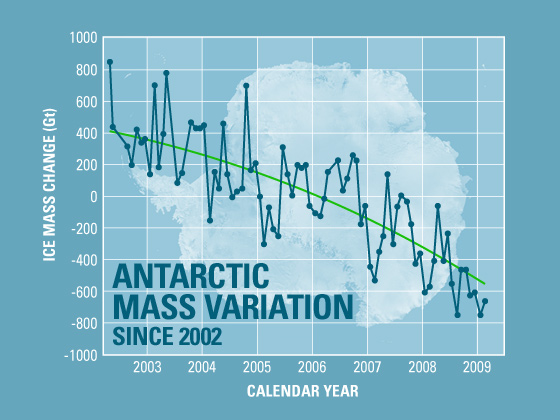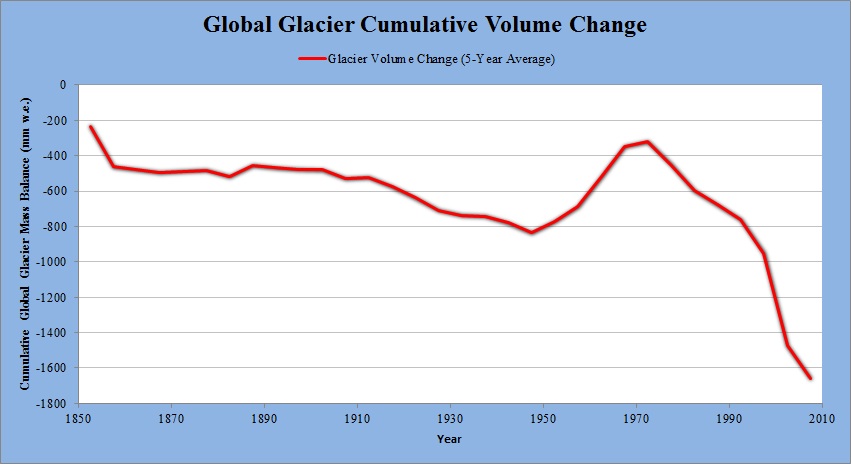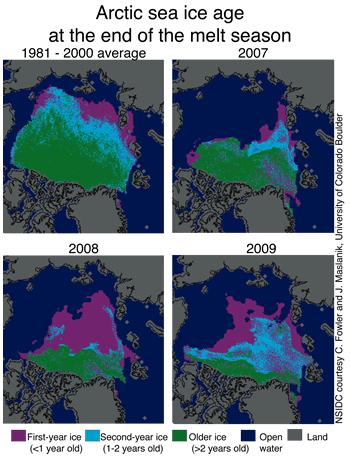 Arguments
Arguments
 Software
Software
 Resources
Comments
Resources
Comments
 The Consensus Project
The Consensus Project
 Translations
Translations
 About
Support
About
Support


Latest Posts
- Skeptical Science New Research for Week #14 2025
- Two-part webinar about the scientific consensus on human-caused global warming
- Sabin 33 #22 - How does waste from wind turbines compare to waste from fossil fuel use?
- Clean energy generates major economic benefits, especially in red states
- 2025 SkS Weekly Climate Change & Global Warming News Roundup #13
- Skeptical Science New Research for Week #13 2025
- Climate skeptics have new favorite graph; it shows the opposite of what they claim
- Sabin 33 #21 - How does production of wind turbine components compare with burning fossil fuels?
- China will need 10,000GW of wind and solar by 2060
- 2025 SkS Weekly Climate Change & Global Warming News Roundup #12
- Skeptical Science New Research for Week #12 2025
- Climate Fresk - a neat way to make the complexity of climate change less puzzling
- Sabin 33 #20 - Is offshore wind development harmful to whales and other marine life?
- Do Americans really want urban sprawl?
- 2025 SkS Weekly Climate Change & Global Warming News Roundup #11
- Fact brief - Is waste heat from industrial activity the reason the planet is warming?
- Skeptical Science New Research for Week #11 2025
- Visualizing daily global temperatures
- Sabin 33 #19 - Are wind turbines a major threat to wildlife?
- The National Hurricane Center set an all-time record for forecast accuracy in 2024
- 2025 SkS Weekly Climate Change & Global Warming News Roundup #10
- Fact brief - Is Greenland losing land ice?
- The Cranky Uncle game can now be played in 16 languages!
- Skeptical Science New Research for Week #10 2025
- Climate Adam: Protecting our Planet from President Trump
- Sabin 33 #18 - Can shadow flicker from wind turbines trigger seizures in people with epilepsy?
- Cuts to U.S. weather and climate research could put public safety at risk
- 2025 SkS Weekly Climate Change & Global Warming News Roundup #09
- Fact brief - Are high CO2 levels harmless because they also occurred in the past?
- Skeptical Science New Research for Week #9 2025
Archived Rebuttal
This is the archived Basic rebuttal to the climate myth "Ice isn't melting". Click here to view the latest rebuttal.
What the science says...
|
Arctic summer sea ice has shrunk by an area equal to Western Australia, and might be all gone in a decade. |
Ice is melting at accelerating rates in the Arctic, Antarctica, Greenland, and glaciers all over the world.
Ice sheets are beginning to shrink
An ice sheet is a huge layer of land ice. The only ice sheets are in Antarctica and Greenland.
The Greenland ice sheet is losing mass at an accelerating rate. In recent years the ice loss has spread from the south coast around to the northwest.

(Image source: Climate Signals.)

Similarly, Antarctica is also losing ice at an accelerating rate. Antarctica is basically divided into two distinct ice sheets, the West Antarctic and East Antarctic. The East Antarctic ice sheet, which is much bigger than the West Antarctic one, was until recently considered stable, but has also begun losing ice.

(Image source: NASA.)
Ice shelves are collapsing
Ice shelves are thick, floating platforms of ice formed when glaciers flow from the land onto the ocean surface.
The Antarctic Peninsula is warming rapidly. Several ice shelves have collapsed completely,including one covering 3,250 km2, almost twice the area of urban Sydney.

(Image source: National Snow and Ice Data Center.)
Glaciers are retreating
Glaciers are retreating around the globe. Although one can point to particular glaciers that are growing, glaciologists look for trends in the total mass of glaciers worldwide. It turns out the world’s glaciers are losing ice at an accelerating rate.

(Image data source: Cogley 2009.)
And despite all the hype about a certain mistake in the 2007 IPCC report, the Himalayan glaciers are in fact melting.
Southern sea ice not doing much
Sea ice floats on the ocean surface, and is not to be confused with ice sheets on land. Even though the Antarctic ice sheet is losing mass, the extent of sea ice around the coast of the continent has grown slightly.
This is because of a complex variety of factors, and despite the warming of the Southern Ocean. The trend is expected to reverse in coming decades as the Antarctic continues to warm.
Arctic sea ice in a death spiral?
Arctic sea ice grows and shrinks seasonally, with an annual minimum in September. In 1979, when satellites first measured it, September Arctic sea ice extent was roughly equivalent to the area of Australia. Since then it has declined by about a third, equivalent to losing Western Australia – outstripping all projections.

(Image source: Copenhagen Diagnosis.)
2010 had the third lowest minimum on record (after 2007 and 2008). Two expeditions successfully circumnavigated the Arctic Ocean in a single summer, something that would have been impossible just a few years earlier or any time in recorded history.
Contrarians claim Arctic sea ice has “recovered” since the record low extent of 2007. But sea ice exists in three dimensions, and it has continued to thin rapidly. Ice volume data paints a picture even more dire: the Arctic has actually lost not one third but two thirds of September sea ice. What’s more, the volume reached a record low in 2010 – not an encouraging sign of recovery.
2010 set the stage for continued melting. At the end of the summer, a record-breaking 86% of ice cover was less than two years old; ice older than five years has all but disappeared. The remaining new ice is thinner and much easier to melt than older ice.

(Image source: National Snow and Ice Data Center.)
Ice-free summers are now probably inevitable, but it’s not clear how soon because the Arctic is melting much faster than any model predicted. Mark Serreze, Director of the US National Snow and Ice Data Center, says we’re “looking at a seasonally ice-free Arctic in twenty to thirty years.” A few scientists argue that September sea ice could be essentially gone within the next decade.
Basic rebuttal written by James Wight
Update July 2015:
Here is a related lecture-video from Denial101x - Making Sense of Climate Science Denial
Updated on 2015-07-13 by MichaelK.
THE ESCALATOR

(free to republish)
























































